IDM companies like Micronuse SPICE circuit simulators during the design phase in order to predict timing, currents and power on their custom IC chip designs at the transistor level. A senior memory design engineer at Micron named Raed Sabbahtalked today at a webinarabout how the embedded solutions group uses the FineSimcircuit simulator from Synopsys during the design and verification flow. My background includes DRAM design, so I felt at home listening to Raed.
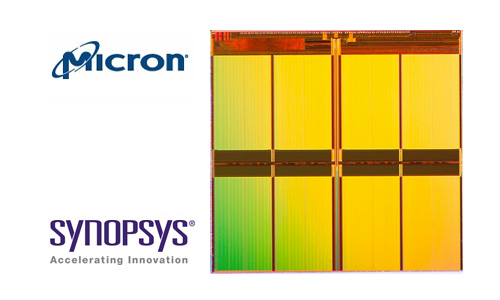
Chip photo of 16nm NAND for 16GB storage
The motivation at Micron was to find and use SPICE and FastSPICE circuit simulators that could handle their design capacity and analog requirements, while returning results quickly. Compatibility and accuracy were important criteria:
- Read in legacy netlists and models
- Accuracy for ADC, voltage regulators, full-chip power-up
- Comparable accuracy versus other circuit simulators
Raed’s group compared FineSim with two other SPICE circuit simulators across these listed criteria and became convinced that FineSim performed well. The ADC has 10,722 MOS devices and FineSim could return results about 4X faster with the same accuracy. The voltage regulator had 350,0634 MOS devices and FineSim produced results 7X faster than other simulators. On full-chip power up with 1,801,512 MOS devices there was a 5X speed up using FineSim on 4 CPUs, due to scalability.

FineSim accuracy comparison on ADC design
For statistical variation analysis they were interested in both the mean and standard deviation using Monte-Carlo analysis. Local and global variations were analyzed on two circuits: an SRAM ratio logic, then a ROM contention check of clock pulses.
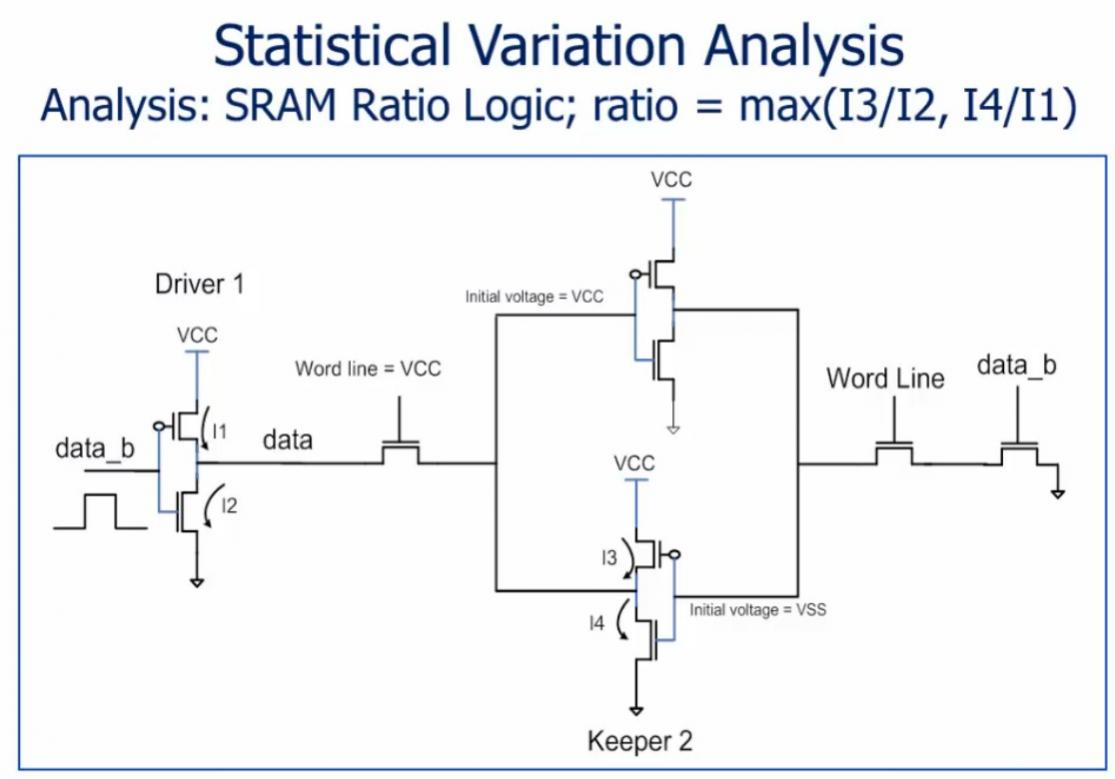
FineSim has two modes in one simulator: SPICE and Pro. For highest accuracy the FineSim SPICE mode is used, and for highest capacity FineSim Pro mode is used. Designers get to choose which mode they want based upon what they are working on.
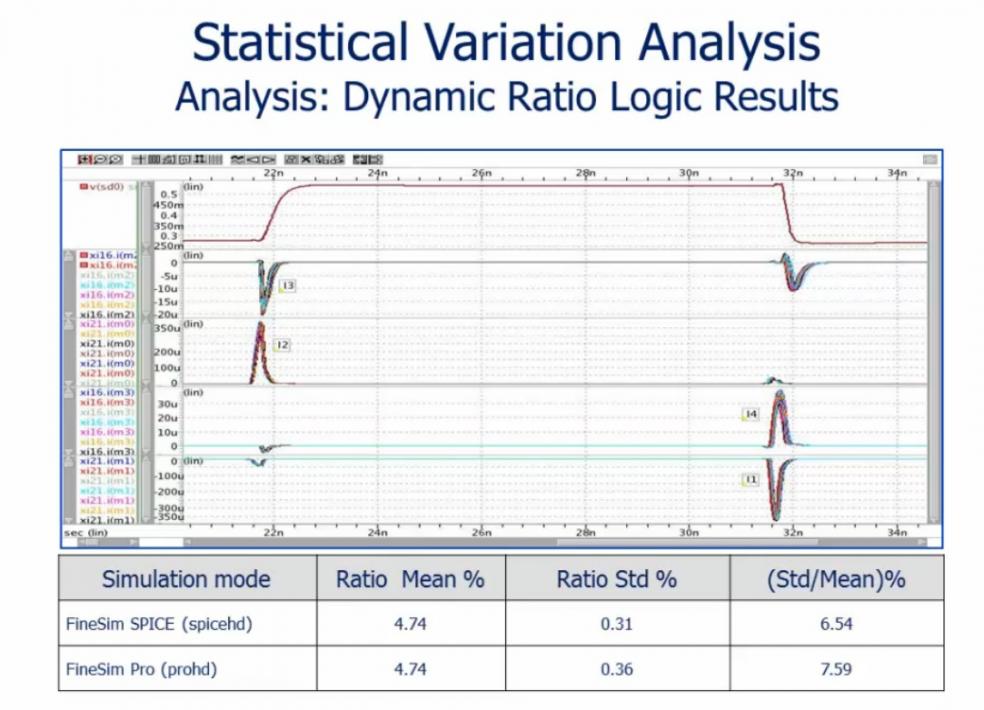
FineSim SPICE and Pro mode results compared
For the ROM example an extracted netlist was used for Monte-Carlo analysis, using four different simulator accuracy levels and comparing both standard deviation and mean.
Checks were also run in FineSim to enforce electrical and reliability rules, both static and dynamic checks:
- Dynamic
- Safe operating areas
- Voltage overshoot
- Slow and active nodes, rise and fall times
- Large, transient currents
- Static
- Missing level shifters
- Bulk node floating or misconnected
- Gate node floating or misconnected
- Missing antenna diodes
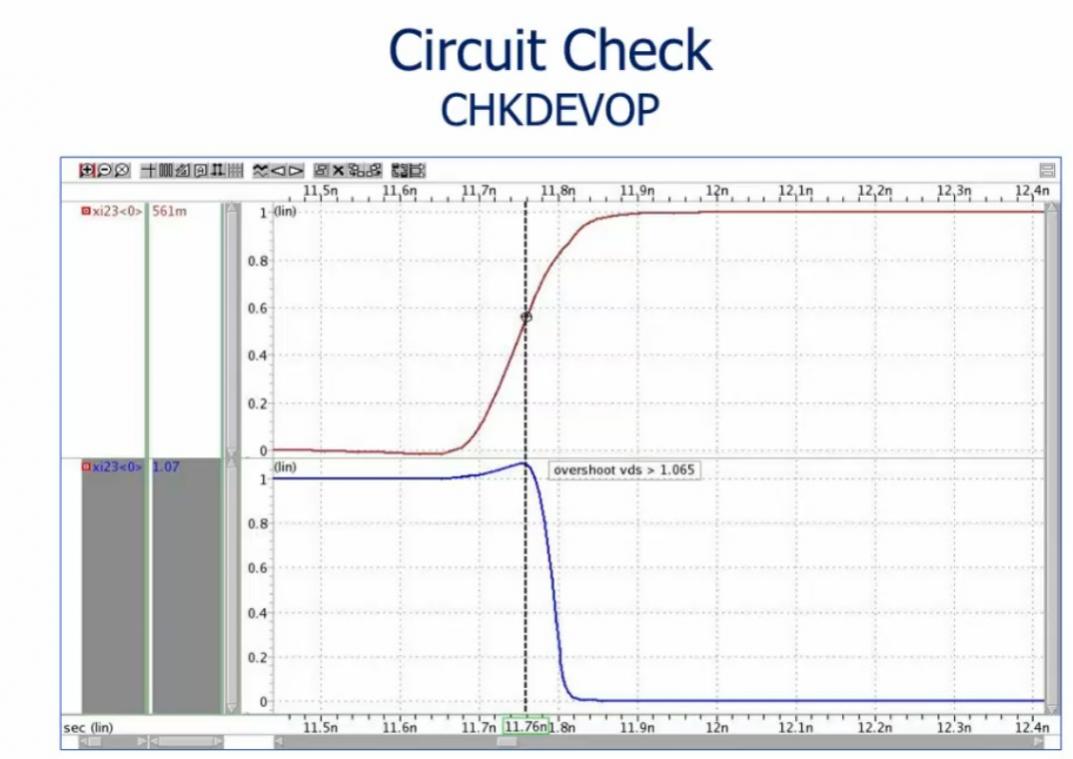
Dynamic check for voltage overshoot
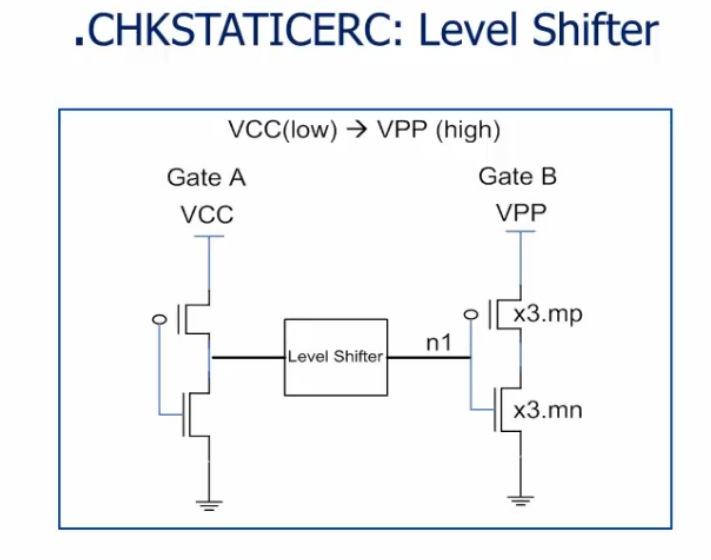
Static check for missing level shifters
Q&A
Q: Are there any other circuit checks that should be run?
Yes, in this presentation we covered the most popular ones that we use a lot. There are also useful checks for block current paths, leakage current paths, and device currents. Toggle check, z-node check, there are many checks covered in the documentation.
Q: How is Monte-Carlo used in other simulators compared to FineSim Pro?
Other simulator the collection of Monte-Carlo results is difficult to combine and analyze, plus the statistical numbers are manually generated.
Q: Is there an optimum number of cores to use?
In general we see about 4 CPUs for optimum scalability on our designs. Up to 8 CPUs can be useful.
Summary
The engineers at Micron are using FineSim SPICE and Pro to get the fastest circuit simulation results at the required accuracy, for both analog and full-chip designs. Fast simulation results were enabled by multi-processing and multi-threading in this SPICE circuit simulator. Finally, for verification both static and dynamic checks were run to ensure proper device operation.
lang: en_US
Share this post via:







Comments
There are no comments yet.
You must register or log in to view/post comments.